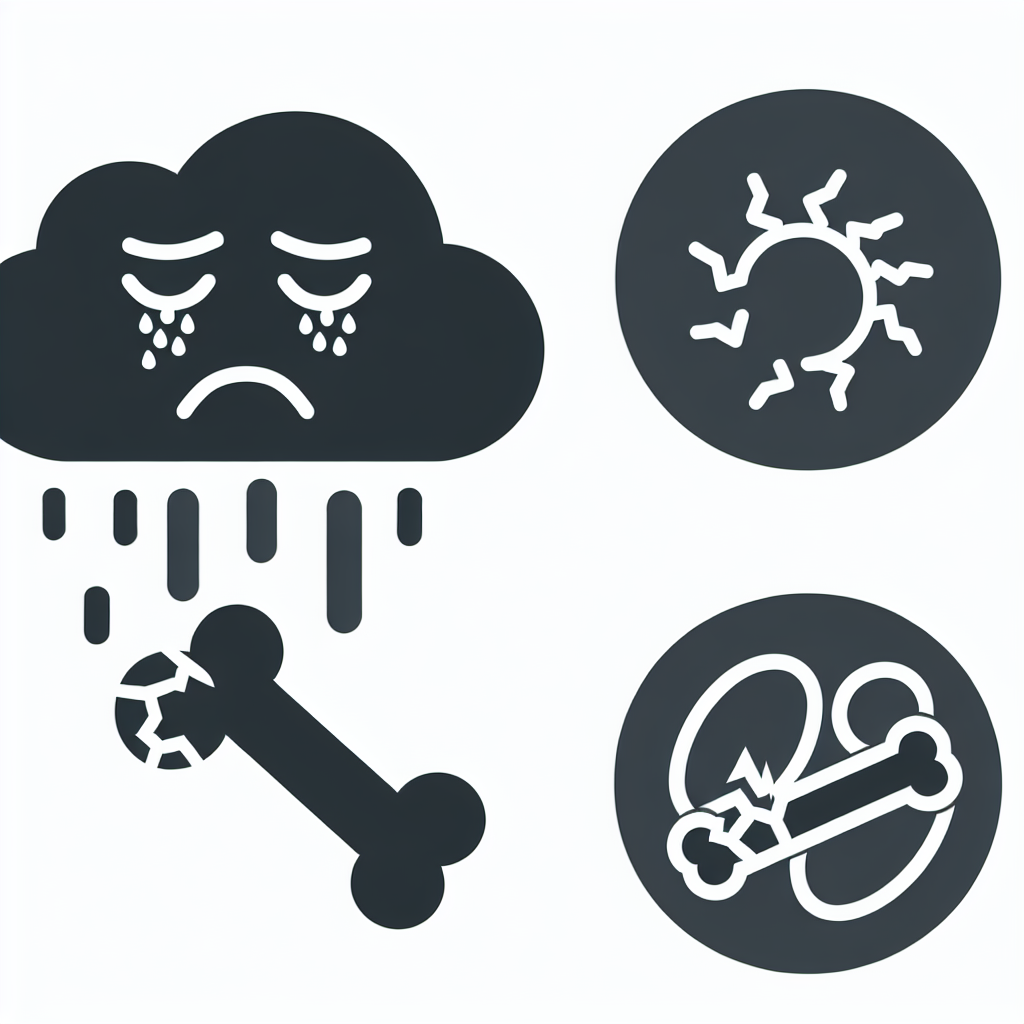Are you feeling unusually tired, dealing with aches and pains, or catching colds more often than usual? These could be signs of low vitamin D levels. Often called the "sunshine vitamin,” vitamin D plays a critical role in your health, from supporting strong bones to boosting immunity. Yet, vitamin D deficiency is incredibly common, affecting nearly half the global population.
This guide will help you recognize the symptoms of vitamin D deficiency, understand its causes, and explore practical strategies to restore healthy levels through sunlight, diet, and supplements.
Why Is Vitamin D So Important?
Vitamin D is much more than a tool for keeping your bones strong—it’s a multitasking nutrient that impacts nearly every system in your body. While it’s widely known for improving calcium and phosphorus absorption to maintain bone health, its influence goes far beyond your skeleton.
Here are just a few of the ways vitamin D supports your body:
- Immune System Support: Low vitamin D levels can leave you vulnerable to frequent colds, flu, and infections.
- Mood Stabilization: Research links vitamin D deficiency to increased risks of depression and anxiety by affecting serotonin levels, a hormone tied to mood regulation.
- Muscle Health: Vitamin D improves muscle strength and helps reduce cramping.
- Inflammation Regulation: It plays a role in controlling inflammation, which aids in your body’s healing process.
Ever wonder why a sunny day feels so uplifting? Beyond boosting your mood, sunlight kicks off the process of vitamin D production in your skin, making it an essential part of feeling energized and healthy.
Common Causes of Vitamin D Deficiency
Vitamin D deficiency is more common than you might think, and several factors could be contributing to it. Let’s take a closer look:
Lack of Sunlight Exposure
Your body produces vitamin D naturally when UV rays from sunlight hit your skin. However, modern lifestyles make it difficult to get this exposure. Long hours spent indoors, living in colder climates, or wearing sunscreen can limit your body’s ability to synthesize enough vitamin D.
Poor Diet Choices
Unfortunately, vitamin D occurs naturally in only a few foods. Unless you’re regularly eating fatty fish like salmon, egg yolks, fortified milk, or cereals, you could struggle to meet your daily needs. This is especially true for vegetarians and vegans, who may have fewer dietary options.
Medical Conditions
Certain conditions—such as Crohn’s disease, celiac disease, or chronic kidney or liver disorders—can interfere with your body’s ability to absorb or process vitamin D effectively.
Age and Skin Tone
Did you know your ability to produce vitamin D declines with age? Similarly, people with darker skin tones might need more sunlight exposure because the higher levels of melanin in their skin reduce UV absorption.
Symptoms of Low Vitamin D Levels
Recognizing vitamin D deficiency isn’t always straightforward since its symptoms can be subtle or overlap with other health issues. However, these warning signs can help you identify if your levels might be low:
- Fatigue: A constant sense of tiredness, even after good sleep, might point to a deficiency.
- Achy Bones and Muscle Weakness: Unexplained joint or bone pain, alongside muscle cramps, could signal insufficient vitamin D levels.
- Frequent Illnesses: Are you getting colds or infections more often? Vitamin D is essential for a strong immune system.
- Mood Swings or Depression: Vitamin D affects serotonin production, so low levels might trigger emotional changes or a persistent feeling of the blues.
- Hair Loss: Severe deficiency may contribute to thinning hair or conditions like alopecia areata.
- Slow Wound Healing: Cuts and injuries that take longer to heal might indicate low vitamin D affecting tissue repair.
How to Diagnose Low Vitamin D Levels
If you suspect you’re experiencing symptoms of deficiency, the best way to know for sure is to consult a healthcare provider. They’ll likely recommend a 25-hydroxyvitamin D blood test, which measures levels of this important nutrient in your system.
Results are typically measured in nanograms per milliliter (ng/mL), and most experts suggest maintaining levels of at least 30 ng/mL for optimal health. Regular testing can help monitor progress, especially for individuals in higher-risk groups like older adults or those with limited sun exposure.
How to Boost Vitamin D Levels
The good news is that restoring vitamin D levels is usually straightforward. Whether through lifestyle adjustments or supplements, these actionable steps can help you balance your levels and reduce symptoms:
Spend More Time Outdoors
Sunlight is your body’s most natural source of vitamin D. Aim for around 15–30 minutes of sunlight exposure a few times per week. To maximize benefits, try outdoor activities during midday when the sun is strongest.
Eat Vitamin D-Rich Foods
Make small changes to your diet by including these vitamin D-rich options:
- Fatty fish: Salmon, mackerel, tuna, or sardines
- Egg yolks
- Fortified foods: Milk, cereal, orange juice
- Mushrooms exposed to sunlight
Take Supplements
For individuals who struggle to meet their needs through sunlight or diet alone, vitamin D supplements are a reliable option. Vitamin D3 is recommended as the most effective form. Be sure to consult your doctor for guidance on dosage and safety.
Consistency Is Key
Balancing sunlight exposure, dietary sources, and supplements may take some time. However, maintaining consistent habits is the best way to prevent deficiency symptoms in the future.
Final Thoughts
Vitamin D is a powerhouse nutrient that supports everything from your immune system to your mood. While it’s easy to overlook, deficiency symptoms like fatigue, aching bones, frequent illness, and mood swings are worth paying attention to. The earlier you spot them, the sooner you can take proactive steps to feel your best.
Remember, a few small changes—like spending more time outdoors, eating vitamin D-rich foods, or supplementing if necessary—can make a world of difference. Don’t wait to take action. Your health deserves it!
